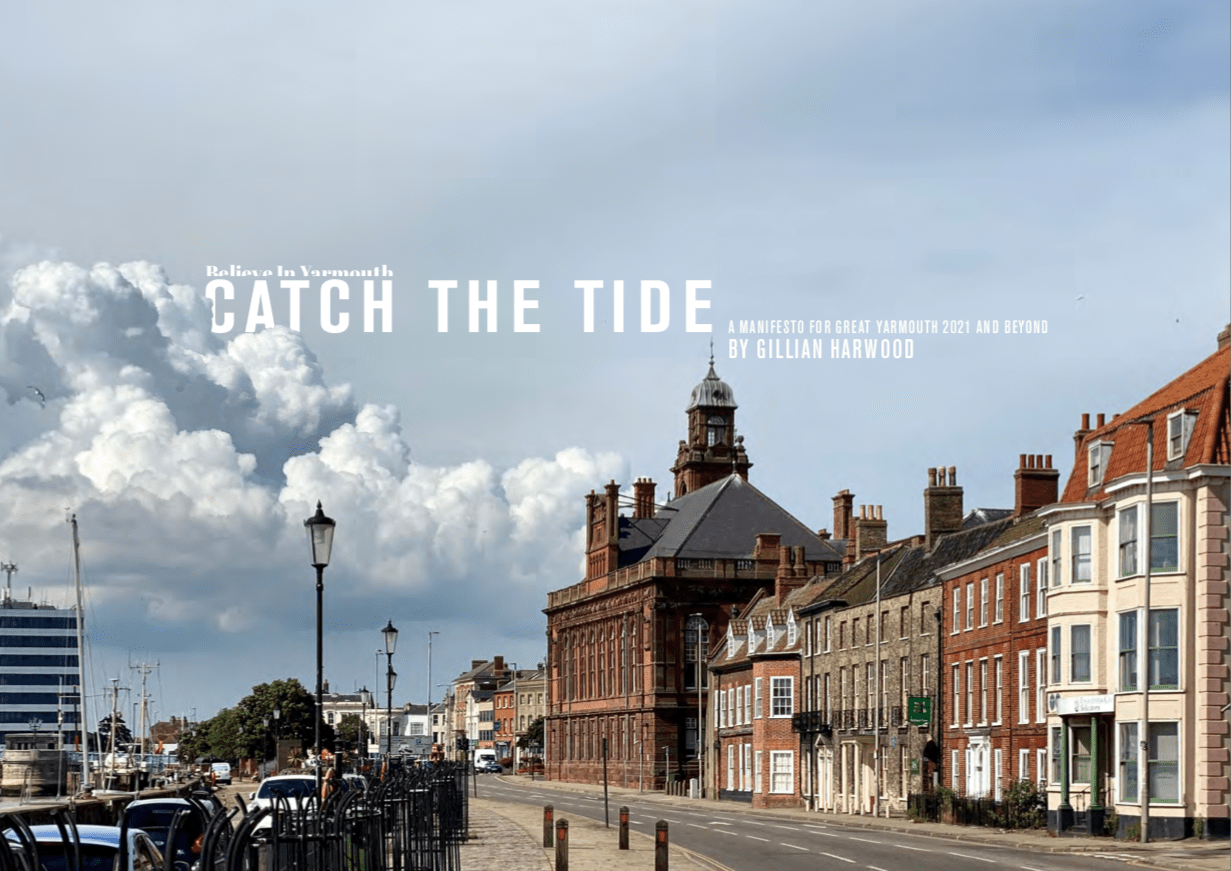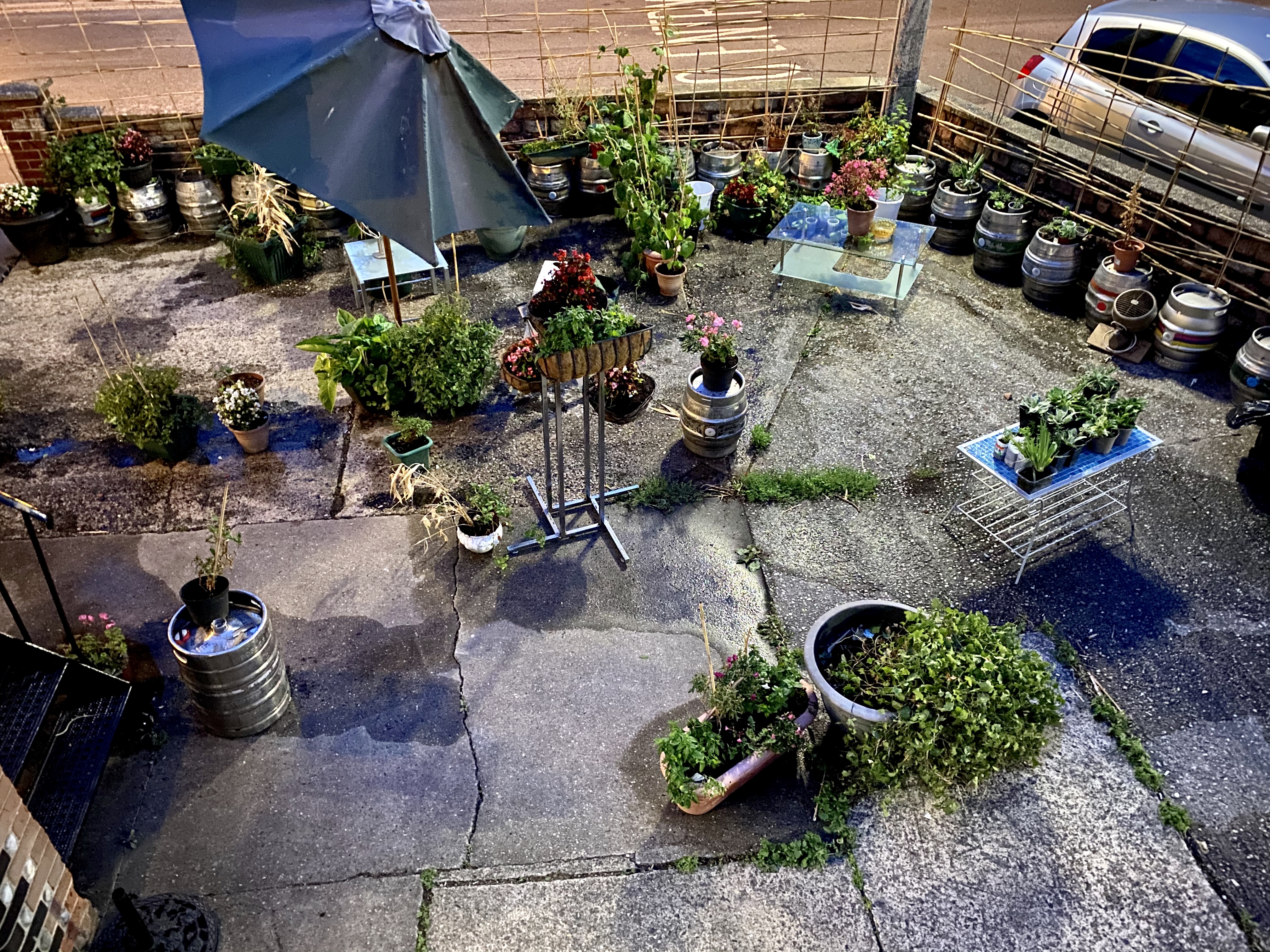The Fourth Industrial Revolution will bring many challenges. As the world goes virtual, the role of public gathering places will need addressing. The Town Square must again become the centre of local discourse. If not, the 4IR may become known as the Period of Polarisation.
From Wikipedia
“A town square (or square, plaza, public square, city square, urban square, or piazza) is an open public space[1] commonly found in the heart of a traditional town used for community gatherings. Related concepts are the civic center, the market square and the village green.”
Piazza della Signoria, in Florence, Italy, a historic example of a traditional public square
Announcement of the establishment of the State of Slovenes, Croats and Serbs on Congress Square in 1918
https://en.wikipedia.org/wiki/Town_square
Warning
Town squares will become contested during the Fourth Industrial Revolution (4IR). Technology will permeate every part of daily life. As it does, the need for physical gathering places will rise. The risk is that such public spaces become battlegrounds.
Urban planners need to pay close attention, particularly in England. The virtual world is changing behaviours. These changes are spilling out into the real-world streets. [1]
Class system
Since the Edwardian period, England has neglected public spaces. Public squares that encourage the mixing of cultures are rare. The Georgians began the trend to fence off public spaces and streets. The policy was steeped in the British class system. In recent years, the privatisation of public space has accelerated.






Sample of English public spaces
In Southern continental Europe, the opposite is the case. Town squares are the centre of the entire community. The design, construction and purpose are all geared towards civic pride and participation.






Sample of Spanish public spaces
Spanish Squares
In Spain, all urban planning revolves around public space. There are plenty of elaborate squares and boulevards to be happened upon. Most though are of simple design and materials. They work for all occasions. Organised events, family gatherings, meeting friends or eating a sandwich. Finding a public space with a fence or a locked gate will be a challenge in Spain.
Some squares have a cafe or restaurant bordering the parameter; many don’t. It is unusual to see a cafe in the middle of a town square. Modern Spanish libraries and museums spill out onto public squares. Public spaces in Spain are welcoming and well used because of their simplicity. [2]
Comparison
The two photo galleries above show the public realm where people live. These are not tourist areas or places of commerce. Public spaces are there, in theory, for the local community and visitors to use and enjoy. The public realm in Spain sits at the very heart of a community. Unless there is a commercial reason, public space in England is a low priority.
Metaphor
Town Squares can be a metaphor for what is happening in the virtual world. Some people wish to see them controlled with restrictions on who has access. Others want them completely open, freeing and welcoming to all. [3] [4] [5]
Demonstration
Recent history has demonstrated how the virtual world can spill out into the real world.
Tahrir Square in Cairo, Egypt, is the most prominent example. Protests in 2013 began online, discussing government corruption and policies. WhatsApp groups and Facebook posts began to grow and to spread. Soon these virtual spaces were not enough. People had to come together. Tens of hundreds of thousands of people started filling Tahrir square. Night after night protests continued until Egypt’s President Mubarak toppled.
Similar scenes with different results played out across the Arab world. These 2013 protests became known as the Arab Spring.
Although not on the same scale, most areas of the developed world have seen similar protests. The rise of the online protest hashtag has been instrumental. #MeToo and #blm (#blacklivesmatter) are the most successful to date.
Brexit
Britain’s exit from the European Union was a direct result of online campaigning. What followed has been years of disruption, strife and polarisation. The struggle between the Leave and Remain camps manifested physically in London’s Parliament square. The argument has continued right up to the present day. [6]

Brexit supporter carrying Great Britain cardboard cutout, Parliament Square.
Rise of technology
As life moves further online, the need for real-world gathering forums will increase. Failure of authorities to not plan for this change could lead to dire consequences.
Reasons for people to engage within the physical world has been declining since the 1990s.
The internet changed the world of work, allowing employees to be more distributed. The onset of the pandemic brought a further scattering of the workforce as people work from home. Retail has been shifting steadily online. Restaurant food can now be delivered directly to the family dining table. The world of supermarkets without cashiers is upon us. Online gaming transformed from a table gathering to global competitions. The gaming industry now dwarfs, by revenue, the movie and music industries combined. [7]
There are plenty of Apps that anyone can access for free. However, to receive the full benefit requires buying a subscription. Public squares in England surrounded by cafes and shops are similar. To fully partake in the space requires a certain amount of purchasing power.
Two-tier England






English Extremes
Above photos from the Argent development, Kings Cross, London (2020). Below, public squares managed by Great Yarmouth borough council (2021).
In Spain, public squares are places where people congregate, play and celebrate. The public realm encourages the community to come together for serendipitous moments. Spending power is not relevant except in the most exclusive of shopping areas.

Public forum, with permanent outdoor screen, multilevel seating, no barriers. Eivissa, Ibiza, Spain, 2022. [4]
In England, the opposite is too often the case. There is heavy reliance on the private sector to create public amenity spaces. It is another aspect of Britain’s two-tier society. Money buys access.

Fenced public spaces, ‘Keep off the Grass’ signs and other rules are commonplace around England.
Bridge-building
Public space needs to become the bridge between the virtual and physical worlds. Some may believe this is about introducing VR – virtual reality. VR will soon be playing a much larger role, but this is more about the physical spaces themselves.
The layout, ambience and purpose of the public domain in England should be along Spanish lines.
Free to access town squares must have 5G connectivity. Multipurpose seating and tables that encourage gatherings, games, meetings and work. Architectural flair can overcome issues around Britain’s inclement weather. The public realm needs to be attractive to all cultures, ages and abilities.
Without change, England risks further polarisation. Addressing the poor quality of places for public gatherings is now urgent.
Conclusions
The internet has slowly eroded the need for people having to meet fellow citizens. The pandemic has further reduced real-world interactions. Technology seeping deeper into everyday life raises the potential of a more isolated society. Free to access public spaces is critical for communities to stay in touch in the real world.
The political discourse around local issues cannot be online alone. To allow this will lead to unhealthy debate and will undermine stable democracy. Views are best challenged and debated in the open, in places where alternative voices can be heard.
Open, free, real-world forums, like town squares, are the best spaces for such discussion to happen. Being open will also allay some fears around privacy, censorship and freedom of expression.
Britain is in the grip of a mental health crisis, with loneliness and a sense of isolation increasing. Social media gets some of the blame. Not much is written about the lack of public amenity spaces.
England needs to rethink its approach to the public realm. Design should encourage serendipity and random conversations. Learning from Spain’s public spaces would be a good start.
We are in the fifth decade of the internet. It will be one that will see the virtual world and the physical world merge. Successful societies this decade will be the ones with the most engaging public realm.
Introducing technology into these spaces is the next phase around the world. Creating buzzing ambient public spaces will be essential for community lifeblood. Animated public squares will also attract the next generation of innovators.
England needs to rethink the public realm urgently! This is where ‘levelling up’ has to begin.**
John M
All images John McKiernan ©2022
** Levelling Up. A Conservative government manifesto pledge. What does it mean? https://www.centreforcities.org/levelling-up/
[1] see Public Space
[2] see Eivissa
[3] see Censorship
[4] see Apple Privacy
[5] see Leiston and Sizewell
[6] see Brexit
[7] see AI Supermarkets
























































